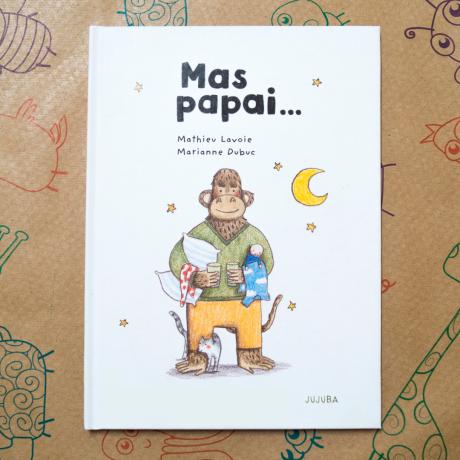O Indian's day is celebrated in Brazil every year on April 19th. The commemorative date was sanctioned by the government of Getulio Vargas with the intention of highlighting the importance of Indian people stops in Brazilian society.
But, the celebration is not limited to the national territory. In 1995, the 9th of August was sanctioned by the United Nations (UN), at the international level, as the Day of the Indian.
Some measures are still being adopted and bodies are created with the purpose of preserving the memory and defending the rights of indigenous peoples, such as the National Indian Foundation (Funai).
Lesson Plan - Indian Day
THEME: Indian's day
YEARSUGGESTED: Elementary School
DURATIONSUGGESTED: A 45 to 50 minute class
GOALS:
- Take the opportunity to learn aboutIndian peopleand how they use paintings and other art forms to express the feelings, history and dreams of their culture;
- Recognize the importance of contributions made by indigenous peoples;
- Consider traditional and contemporary folk arts, including those from other times and places;
- Understand how indigenous art contributes to art in Brazilian society;
- Recognize how images and the importance of nature are represented by an artist who uses indigenous elements in contemporary paintings or dances.
NECESSARY MATERIALS:
- Images of indigenous paintings (make sure to include assorted symbols), with their respective stories;
- Video and screen projector;
- Art supplies such as paints, brushes and paper.
DEVELOPMENT:
- Free Online Inclusive Education Course
- Free Online Children's Learning and Toy Library Course
- Free Online Math Games Course in Early Childhood Education
- Free Online Pedagogical Cultural Workshops Course
Initially, the teacher must show and discuss with the students about the indigenous culture, mostly art forms. We suggest questions like:
- What kind of painting is this?
- Who created this work?
- What kind of other symbols does the artist use?
Examine and discuss the symbols used and their interpretations. Explain to your students that most indigenous people do not have a written language. Emphasize that much of its history was and still is recorded in works of art.
Painting skills need to be covered as part of this process. This activity is ideal for cultural comparisons.
When students recognize the skills, complexities and logic of indigenous arts, they can compare this art with other genres of painting, for example Chinese painting or 19th century European art. The class can discuss similarities and differences in the production of each type of artwork.
We recommend that the teacher also highlight indigenous artists who paint in different styles, so that indigenous culture is not seen too restrictively.
cultural considerations
Check Internet searches for appropriate symbols and colors to use in the classroom. It is also recommended to be careful with particularly controversial topics and topics (eg use of weapons).
ASSESSMENT:
The teacher needs to assess students' participation in the classroom and their dedication to research on indigenous peoples.
Students can produce a report on some of the artworks and artists discussed, or even expose the differences and similarities between works by indigenous peoples and those from other cultures.
See also:
- Activities for the Indian Day
- Indian Day Project
- The best poems for the Indian Day
- 5 Objects of everyday use that came from the Brazilian Indians
The password has been sent to your email.



